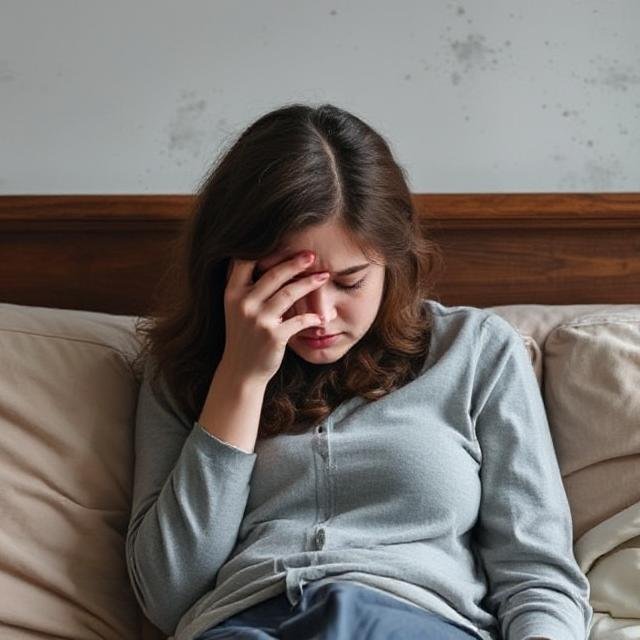Childhood Depression
- soulsunleashed
- July 12, 2025
Depression is often perceived as an adult condition. However, childhood depression is a serious and increasingly recognized mental health disorder affecting children as young as preschool age.
According to the CDC (2024), approximately 4.4% of children aged 3–17 in the United States have been diagnosed with depression. Left untreated, it can interfere with development, academic performance, social relationships, and future mental health.
Fortunately, awareness, early detection, and evidence-based treatments are helping more children recover and thrive.
FREQUENTLY ASKED QUESTIONS
How common is depression in children?
What is the youngest age depression can be diagnosed?
Are medications safe for children with depression?
Can childhood depression go away on its own?
KEY TERMS
Psychotherapy
Cognitive Behavioral Therapy (CBT) is the first-line treatment for mild to moderate depression:
Teaches children to identify and reframe negative thoughts
Helps develop problem-solving skills
Encourages positive behavior changes
CBT is effective in reducing symptoms and preventing recurrence (Cuijpers et al., 2024).
Interpersonal Therapy for Adolescents (IPT-A) focuses on improving relationships and resolving conflicts, showing significant efficacy in teens (Mufson et al., 2023).
Medication
Antidepressant medication may be recommended for moderate to severe depression, especially when therapy alone is insufficient.
Fluoxetine (Prozac®) is FDA-approved for children aged 8 and older.
Escitalopram (Lexapro®) is approved for adolescents aged 12 and older.
However, antidepressants carry a black box warning about increased suicidal thoughts in some children and adolescents, requiring careful monitoring.
Family and School Support
Parent training helps families understand and support their child’s treatment.
School accommodations may be necessary to manage academic challenges.
Psychoeducation empowers families and teachers to recognize warning signs.
A collaborative approach between mental health professionals, families, and schools often leads to the best outcomes.





